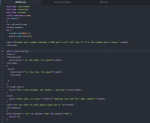--Originally published at Programming course
So this assignment was longer than I expected but it was fun
here is what we had to do:
Write a function called find_bananas which receives a single parameter called filename (a string) and returns a positive integer which is the number of times the word (string) “banana” (or “BANANA” ) is found in the file. The banana can be any case (‘BaNana’ or ‘BANANA’ or ‘banana’, etc) and they can be “stuck together” like “banAnaBANANA” (that counts as two). Create your own test file (plain text) to check your work.
And my code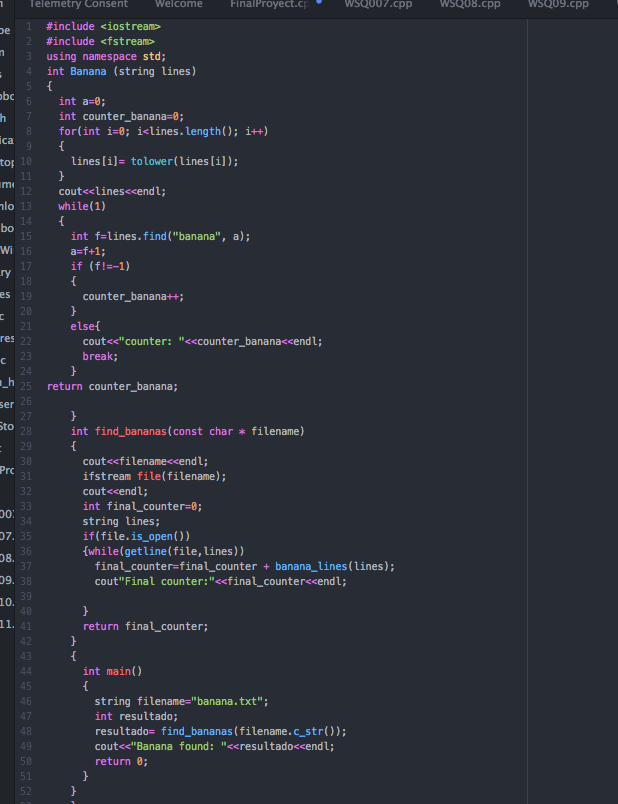



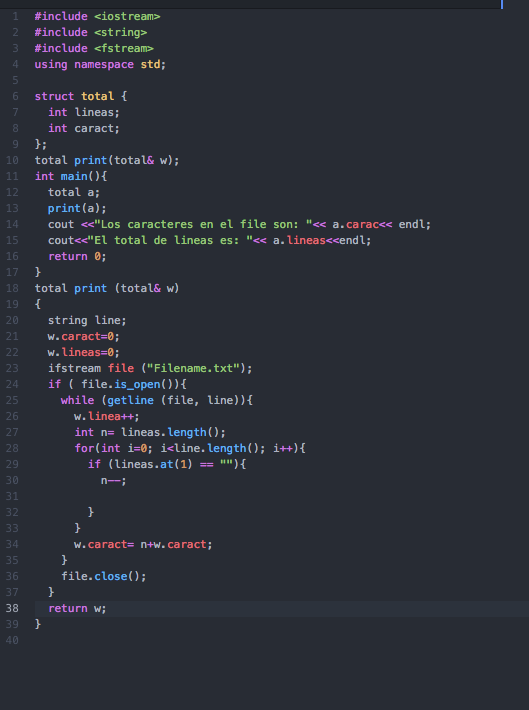






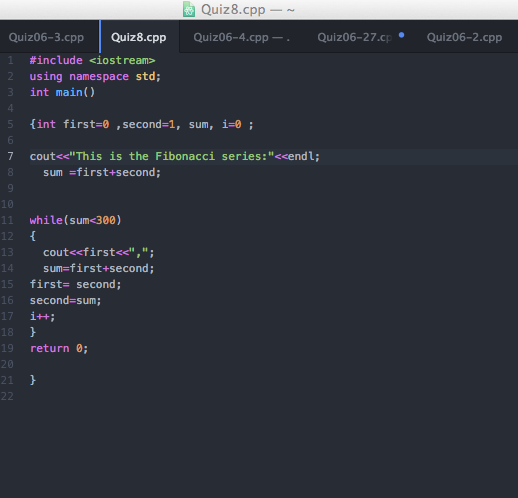





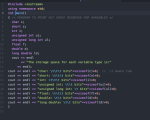

 ) I had to ask the user for two numbers a lower and an upper bound, so I could sum the numbers between them.
) I had to ask the user for two numbers a lower and an upper bound, so I could sum the numbers between them.


